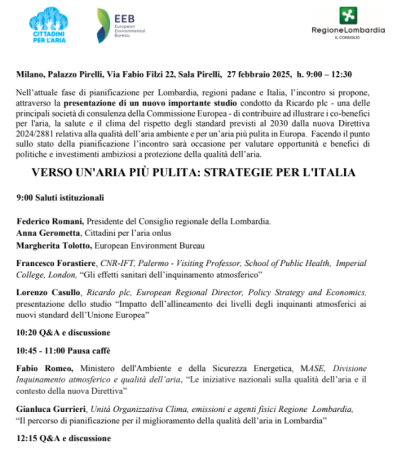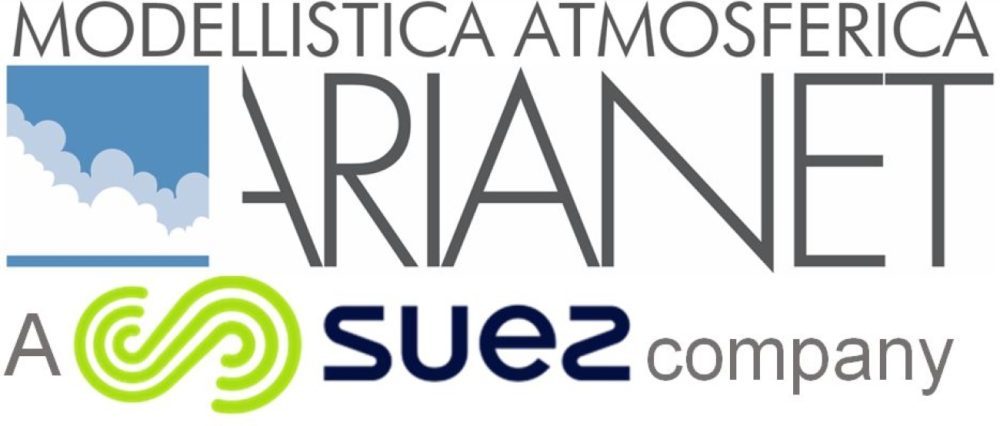
Today, we participated in the event “Towards Cleaner Air: Strategies for Italy”, organized in Milan by the association Cittadini per l’aria Onlus. It was a great opportunity to better understand how the new standards set for 2030 under the new Directive (EU) 2024/2881 on ambient air quality and cleaner air for Europe will bring multiple benefits for air quality, health, and climate.
Several speakers took the floor, including Dr. Forastiere (CNR-IFT, Palermo – Visiting Professor, School of Public Health, Imperial College, London), who highlighted the link between health and air pollution. He particularly emphasized the inflammatory and carcinogenic effects on the respiratory system, which in turn have cascading consequences on other organs. This connection is supported by the 2021 WHO Guidelines and numerous scientific studies, which demonstrate a correlation between pollutant exposure and various diseases or mortality rates, especially among the most vulnerable groups.
Lorenzo Casullo (Ricardo plc) presented a pilot study, funded by the NGO European Environmental Bureau, which will be published in March 2025. The study assesses the feasibility of complying with the latest air quality regulations by 2030, considering the cumulative impact of already proposed measures across the transport, energy, and agriculture sectors, as well as the expected benefits. Based on realistic scenarios, the study analyzes feasible measures, whether implemented partially or cumulatively, with varying effects on air quality and the economy. The economic aspect, in particular, sparked a debate on the need to unlock investments for the implementation of these measures, aiming for a positive economic balance that also accounts for the indirect costs of pollution on health, the environment, and climate.
Fabio Romeo (MASE) focused on actions taken at the national level, starting from the infringement procedure initiated by the European Union against Italy up to the forthcoming National Air Quality Plan, driven by regional initiatives. The Plan primarily targets the mobility sector, with particular attention to urban areas and their specific needs. Additionally, it aims to enhance public awareness through a large-scale information campaign to highlight the effects of pollution caused by biomass combustion and the use of nitrogen-based fertilizers in agriculture.
Gianluca Gurrieri (Climate, Emissions, and Physical Agents Unit, Lombardy Region), in his speech titled “The Planning Process for Improving Air Quality in Lombardy”, outlined the regulatory framework and the challenges of the new planning strategy. He emphasized the need for a multi-level governance approach and the involvement of key stakeholders to ensure the effective implementation of the proposed measures.
The presentations sparked a constructive and engaging debate, involving institutions, scientists, technicians, and citizens. The discussion highlighted the complexity of air quality issues and the feasibility limits of proposed solutions, particularly in relation to the efforts required and the impacts on disadvantaged areas of Europe, which face critical morphological and anthropogenic challenges.
